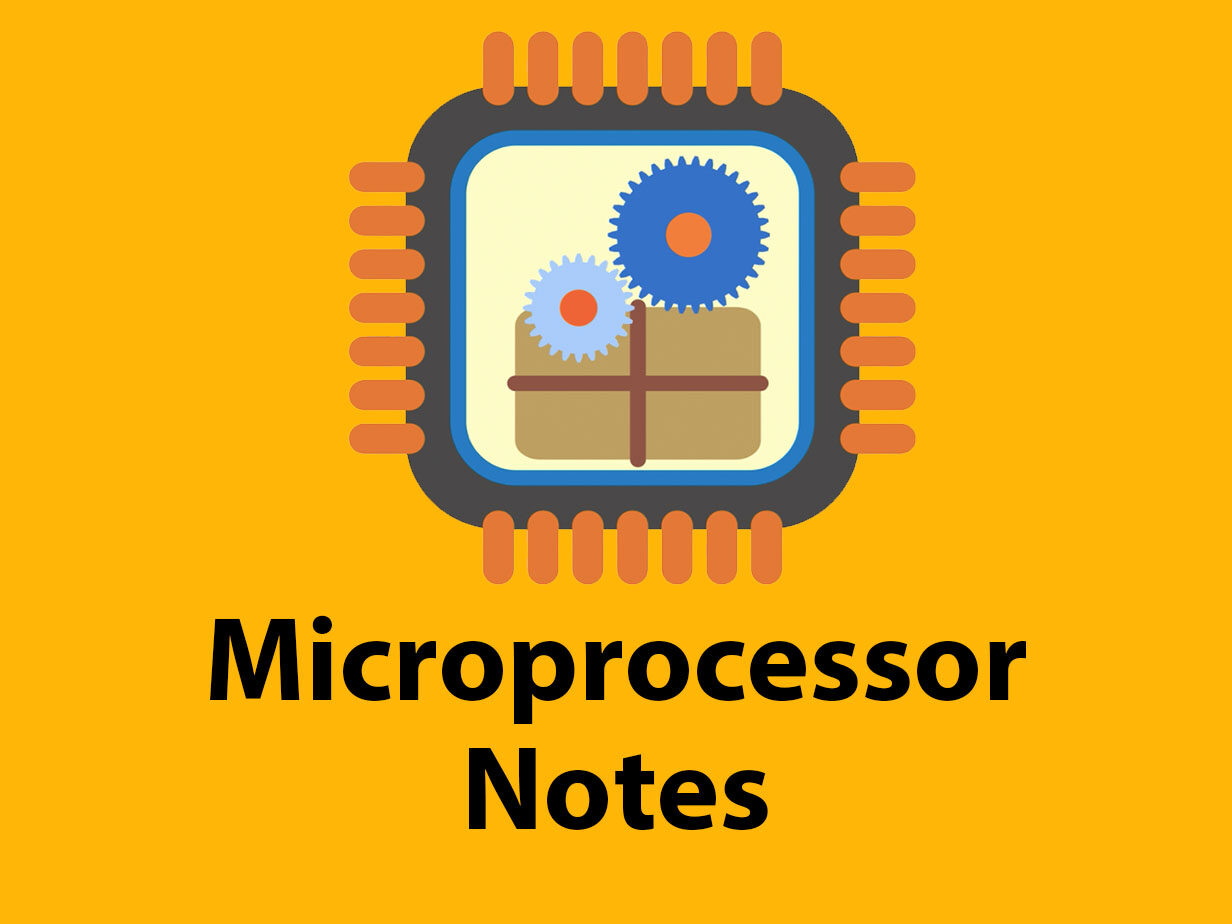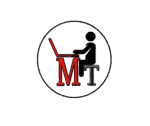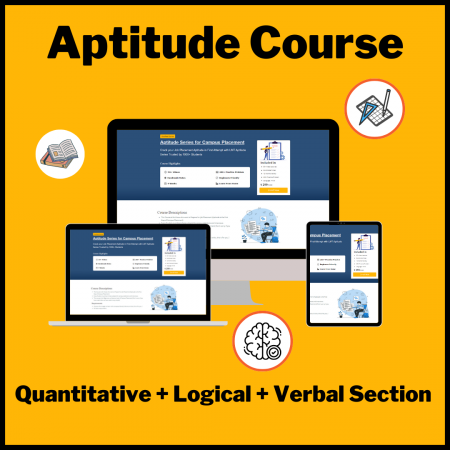Microprocessor Notes
Free

-
Notes
Microprocessor Notes
Microprocessor Notes is semester 5 subject of final year of computer engineering in Mumbai University. Prerequisite for studying this subject are Digital Electronics and Logic Design.
Course objectives of subject Microprocessor is to equip students with the fundamental knowledge and basic technical competence in the field of Microprocessors. To emphasize on instruction set and logic to build assembly language programs. To prepare students for higher processor architectures and Embedded systems. Course outcomes of subject Microprocessor On successful completion of course learner will be able to Describe architecture of x86 processors. Interpret the instructions of 8086 and write assembly and Mixed language programs. Explain the concept of interrupts. Identify the specifications of peripheral chip. Design 8086 based system using memory and peripheral chips 6. Appraise the architecture of advanced processors.
A microprocessor is a computer processor where the data processing logic and control is included on a single integrated circuit, or a small number of integrated circuits. The microprocessor is a multipurpose, clock-driven, register-based, digital integrated circuit that accepts binary data as input, processes it according to instructions stored in its memory, and provides results (also in binary form) as output. Microprocessors contain both combinational logic and sequential digital logic. Microprocessors operate on numbers and symbols represented in the binary number system. The integration of a whole CPU onto a single or a few integrated circuits using Very-Large-Scale Integration (VLSI) greatly reduced the cost of processing power. Integrated circuit processors are produced in large numbers by highly automated metal-oxide-semiconductor (MOS) fabrication processes, resulting in a relatively low unit price. Single-chip processors increase reliability because there are many fewer electrical connections that could fail. As microprocessor designs improve, the cost of manufacturing a chip (with smaller components built on a semiconductor chip the same size) generally stays the same according to Rock’s law. Before microprocessors, small computers had been built using racks of circuit boards with many medium- and small-scale integrated circuits, typically of TTL type. Microprocessors combined this into one or a few large-scale ICs. The first microprocessor was the Intel 4004. Continued increases in microprocessor capacity have since rendered other forms of computers almost completely obsolete (see history of computing hardware), with one or more microprocessors used in everything from the smallest embedded systems and handheld devices to the largest mainframes and supercomputers.
Module The Intel Microprocessors 8086/8088 Architecture consists of the following subtopics 8086/8088 CPU Architecture, Programmer‘s Model, Functional Pin Diagram, Memory Segmentation, Banking in 8086 Demultiplexing of Address/Data bus, Study of 8284 Clock Generator, Study of 8288 Bus Controller. Functioning of 8086 in Minimum mode and Maximum mode, Timing diagrams for Read and Write operations in minimum and maximum mode. Module Instruction Set and Programming consists of the following subtopics Addressing Modes, Instruction set Data Transfer Instructions, String Instructions, Logical Instructions, Arithmetic Instructions, Transfer of Control Instructions, Processor Control Instructions, Assembler Directives and Assembly Language Programming, Macros, Procedures, Mixed Language Programming with C Language and Assembly Language. Programming based on DOS and BIOS Interrupts (INT 21H, INT 10H). Module 8086 Interrupts consists of the following subtopics Types of interrupts ,Interrupt Service Routine Interrupt Vector Table, Servicing of Interrupts by 8086 microprocessor, Programmable Interrupt Controller 8259 Block Diagram, Interfacing the 8259 in single and cascaded mode, Operating modes, programs for 8259 using ICWs and OCWs. Module Peripherals and their interfacing with 8086 12 4.1 Memory Interfacing – RAM and ROM Decoding Techniques – Partial and Absolute 4.2 8255-PPI – Block diagram, Functional PIN Diagram, CWR, operating modes, interfacing with 8086. 4.3 8253 PIT – Block diagram, Functional PIN Diagram, CWR, operating modes, interfacing with 8086. 4.4 8257-DMAC – Block diagram, Functional PIN Diagram, Register organization, DMA operations and transfer modes. Module Intel 80386DX Processor consists of the following subtopics Architecture of 80386 microprocessor 80386 registers General purpose Registers, EFLAGS and Control registers ,Real mode, Protected mode, virtual 8086 mode ,80386 memory management in Protected Mode ,Descriptors and selectors, descriptor tables, the memory paging mechanism. Module Pentium Processor consists of the following subtopics Pentium Architecture Superscalar Operation, Integer & Floating Point Pipeline Stages, Branch Prediction Logic, Cache Organisation and MESI Model.
Suggested Texts Books for Microprocessor by Mumbai University are as follows 8086/8088 family: Design Programming and Interfacing: John Uffenbeck, PHI. Advanced Microprocessors and Peripherals: K M Bhurchandani, A k Ray McGraw Hill. The 80386DX Microprocessor: hardware, Software and Interfacing, Walter A Triebel, Prentice Hall. Pentium Processor System Architecture: Tom Shanley & Don Anderson, Addison-Wesley. Suggested Reference Books for Microprocessor by Mumbai University are as follows Intel Microprocessors: Barry B. Brey, 8th Edition, Pearson Education India. Microprocessor and Interfacing: Douglas Hall, Tata McGraw Hill. Advanced MS DOS Programming Ray Duncan BPB. Intel 80386 Datasheets IBM PC Assembly language and Programming: Peter Abel, 5th edition, PHI. The Pentium Microprocessor, James Antonakons, Pearson Education.
Prepare For Your Placements: https://lastmomenttuitions.com/courses/placement-preparation/
![]()
/ Youtube Channel: https://www.youtube.com/channel/UCGFNZxMqKLsqWERX_N2f08Q
Follow For Latest Updates, Study Tips & More Content!
Course Features
- Lectures 1
- Quizzes 0
- Duration 50 hours
- Skill level All levels
- Language English
- Students 167
- Certificate No
- Assessments Yes


